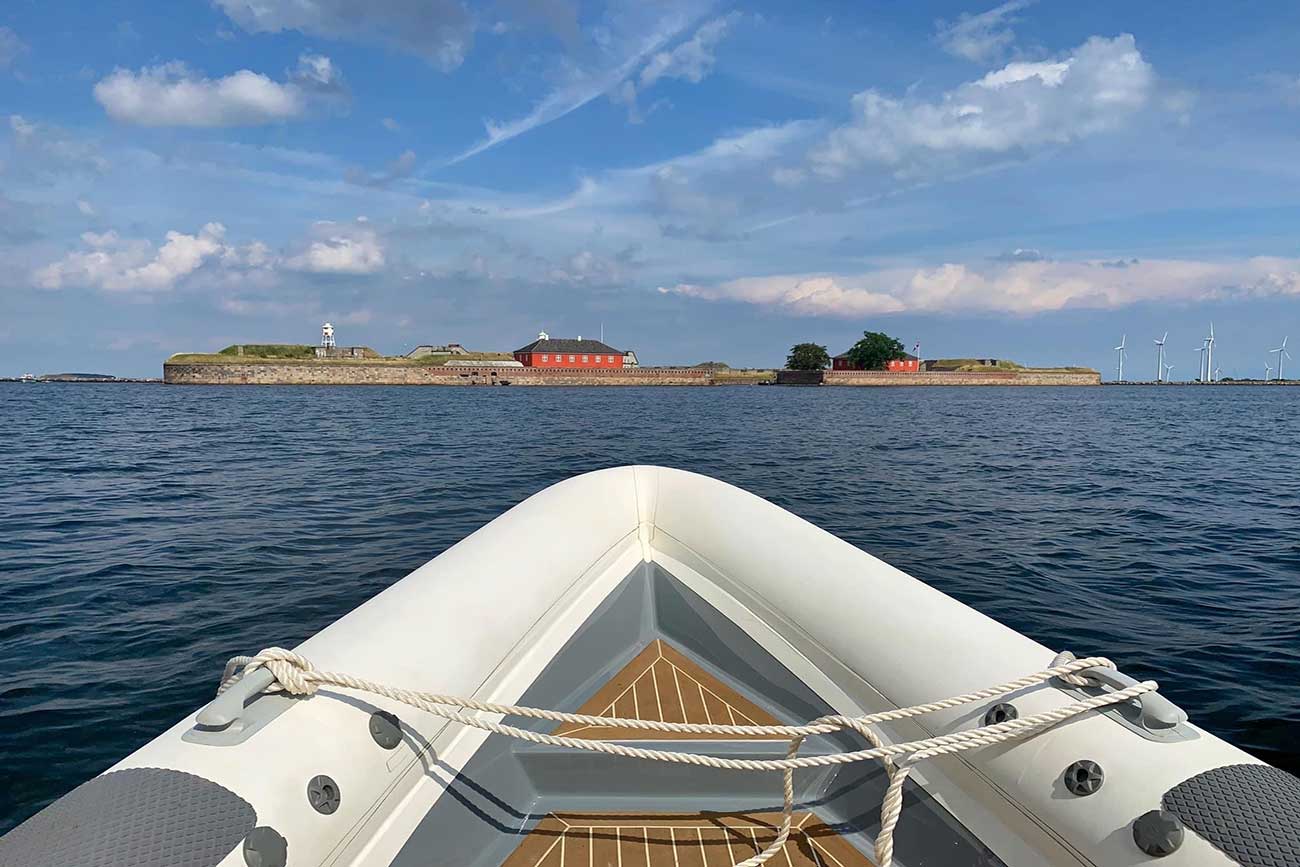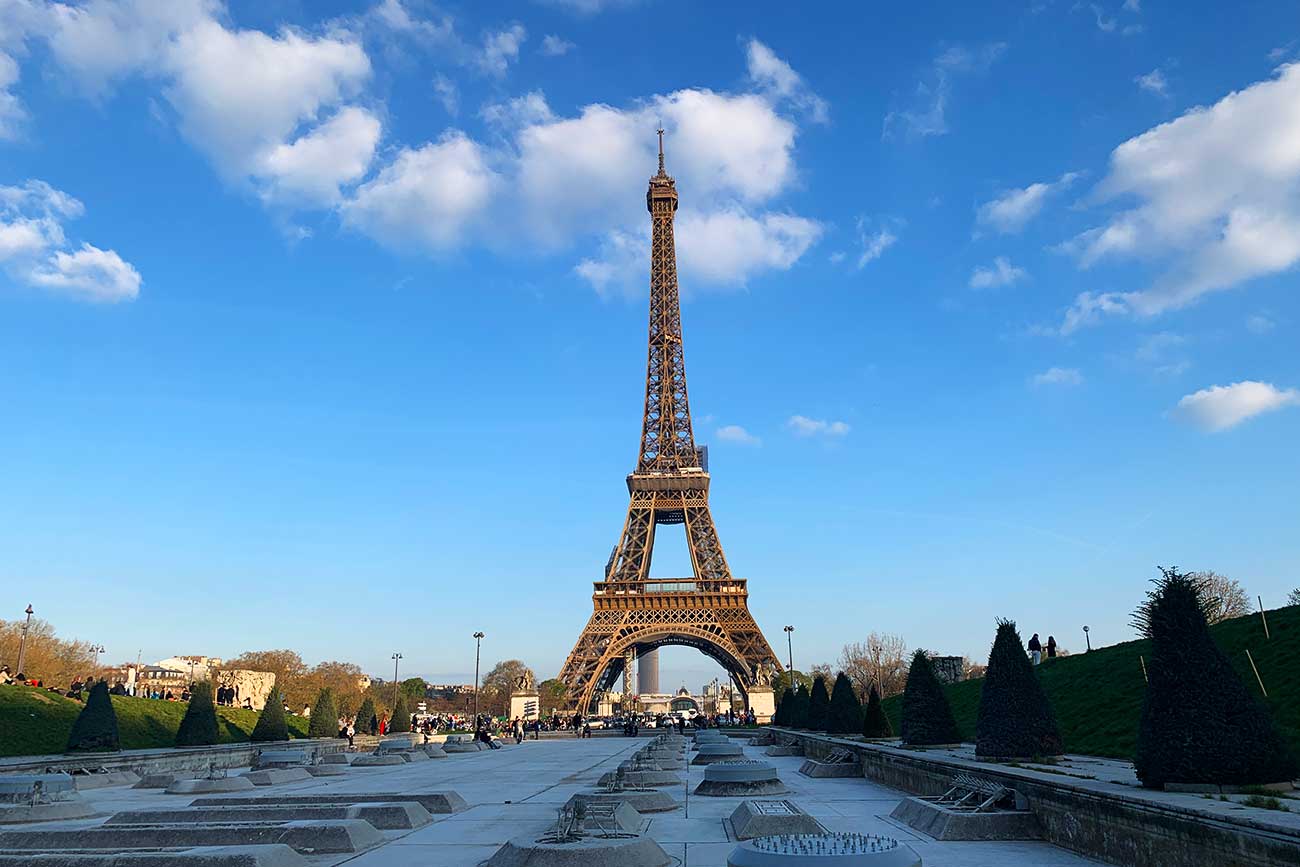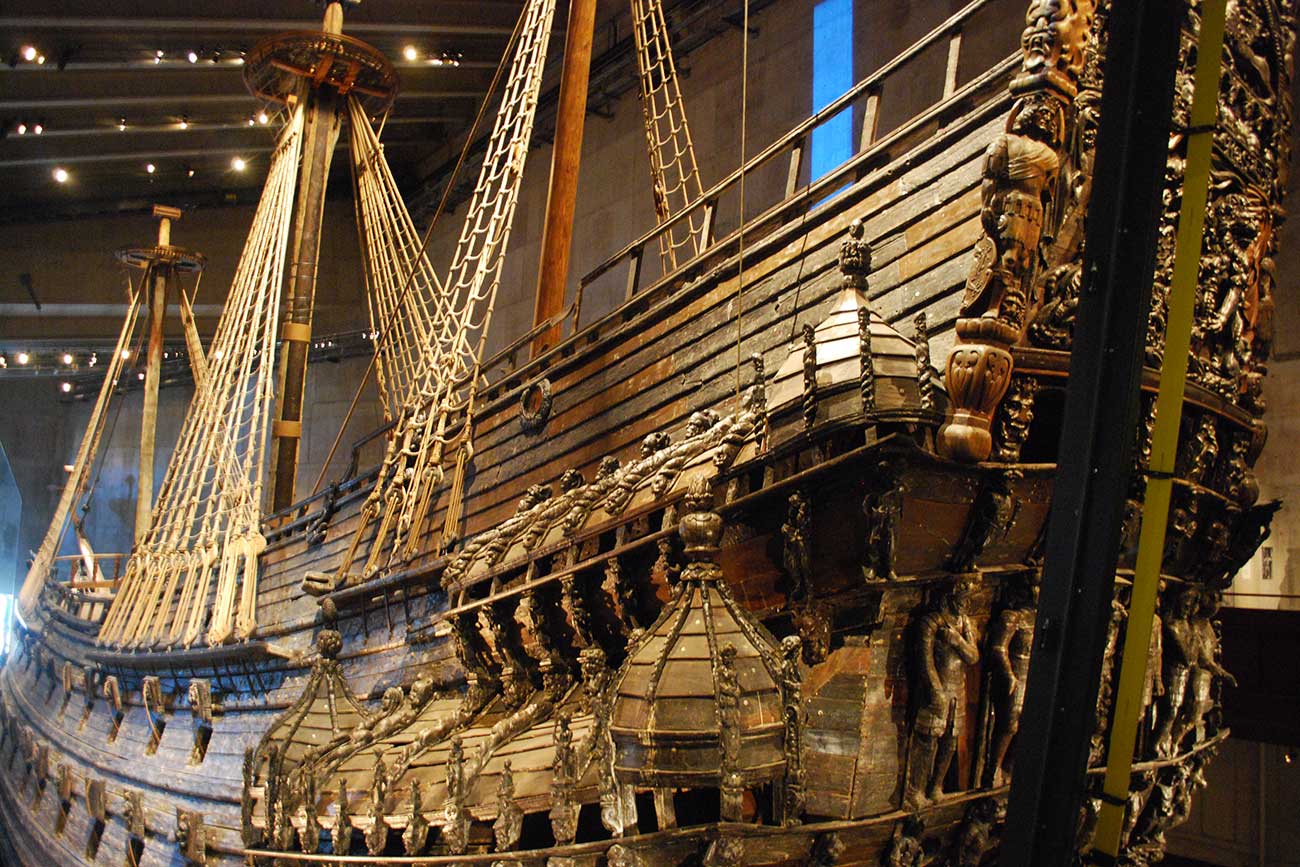I love old and historic structures. That seems like a weird passion, but allow me to explain this a little bit. Since I was a little, I’ve been fascinated by out-of-date or let’s say obsolete stuff – especially used toys. I loved frisking on plastic bags stored anywhere around the house hoping to find anything I can play on. Now in my 40s, I still treasure old things especially those of historic value and whenever I have the opportunity to visit one, I certainly would be there.
Now the ship is again in Copenhagen, Denmark. In one of those previous port calls, I visited Carlsberg Museum. This time, I managed to see more of Copenhagen and from a unique perspective – onboard the ship’s RIBS I get to see the sights from the water. Fred. Olsen Cruise Line’s Balmoral as well as the entire fleet are fitted with RIBs. I believe that the addition of RIBs onboard is nothing short of a testament to this conviction. These RIBs offer an entirely different perspective on the tourist destinations. A cruise ship rules the ocean, but there is something to be said for being one with the wind and the waves.
Fred.Olsen’s RIBs are available in all four of their cruise ships, and offer a new way of immersion. It’s a very creative idea, too, given the capabilities of these boats. It’s one thing to see a fjord from high above, and another to travel deep within. It’s one thing to get off the ship and onto a beach destination, and another to see it from the side of nature. It’s one thing to be high above the waves, and another to be one with the ocean. It’s one thing to see the world unfold before you, and another thing to be in the world around you. Fred.Olsen’s RIBs do just that.
The RIBs allow more fun and a lot more exciting tours! Some crew members have already had the good fortune of being able to join these RIB tours but I just had mine yesterday. As we left the ship, everyone were excited to see some of the tourist spots we passed before in a bit more up close and personal.
Trekroner Fort
The first destination was the famed Trekroner Fort, within the confines of the harbor we were in. The quay gave way to sapphire blue waters as we neared the sea fort. Trekroner was part of the Copenhagen fortifications from the early 1700s, all the way to just after the first World War (when new developments in weaponry diminished the value of the fort). It remains a historical site and known for its role in defending Copenhagen through the ages. After a stint as a barracks and as a prison for German officers, the fort underwent a time of vacancy before being reopened as a tourist site.

Trekroner Fort is an artificial island, originally formed by sinking ships to create the basis for a seaborne battery. It is one of three such artificial islands. One of the ships sunk was named Trekroner, thus lending its name to the site.
Right after touring Trekroner, we got a taste of what the RIB was capable of as a high-speed vessel. We left the fort at a speed of 6 knots, when the RIB started heading for the entrance of the breakwater and off to the stunning blue open water. As we passed the boundary, the RIB throttled off to near-max speeds! Just thinking about the sensation invites and adrenaline rush. We only had a few seconds to register the feeling of rising speed, and before we knew it we were skimming along the surface of the water, leaving raging white foam in our wake. The boat bounded and skipped along the waves, and to us in it the feeling was nothing short of being in a roller coaster (minus the twists and turns). With the wind and the sea mist whipping our smiling faces, we headed to the next stop — Middelgrundsfortet.
Of Forts, Hotels, and Wind Farms

Middelgrunden has a very colorful history, from the military to the civilian. For starters, it was once the largest sea fortress in the world. Today, it is still the largest man-made island in the world that does not use an abutment, that part of a structure that is used as a vertical support so the island does not slip back into the sea. At a total area of around 70,000 square meters (including wave breakers), Middelgrunden was also among the islands created to defend Copenhagen’s harbor.
Because of its size, it became an ideal site for a military station. It served as such all the way to the early 1980s, and some of its facilities were upgraded to serve the military needs of the time. In 2002, however, the island was bought by private entities, to be used as a development site for Danish youth (the site was bought by two scouting organizations). Today, the fort boasts of a 200-room hotel with around two miles of corridors.

Another sight around this area of Copenhagen is the Middelgrunden offshore wind farm, which is around 3.5 kilometers from shore. Like Middelgrunden Fort, this wind farm holds the record for being the largest of its kind in the world. It was built in 2000, and only half of it is owned by the municipal power company. The other half is owned by the 10,000 people who collectively form the Middelgrunden Wind Turbine Cooperative. This is a demonstration in how power can be decentralized in a way, and how new grounds can be broken in this field.
The Little Mermaid

After Middelgrunden, we zoomed through the azure seas and headed with excitement to our next destination — the famed Little Mermaid statue, which was based on the Hans Christian Andersen fairy tale.
It is among the most famous and iconic statues in the world, but at first blush it might be a little underwhelming. Among Copenhagen’s symbols, The Little Mermaid stands only about 1.25 meters tall. This is just about lifelike, and maybe this is what makes the sculpture special. The statue is that of a woman in the process of transforming into a human, from being a mermaid. True to the spirit of the original fairy tale, the face of the sculpture is one of sadness and wistfulness, as the mermaid thinks on the sacrifices she had to make for her feet. It could also be interpreted as one where the mermaid, in the original story, pines for her prince as she slowly turns into sea foam.
And I think that’s what really separates this little statue from the other iconic ones around the world (think the Statue of Liberty or Christ the Redeemer). It doesn’t aspire to lofty thoughts or values, and it does not try to raise itself above the masses. Instead, it tries to mirror the human condition (or mermaid condition, as it is) and that makes it one of a kind.
Unfortunately, we weren’t allowed to go really up close and personal with the mermaid as we cannot approach too closely. I was able to see the statue from the landward side during a separate Copenhagen visit a few years ago, though, so I did not feel I missed too much. The interesting thing, however, is how The Little Mermaid took on a totally new character when we viewed it together with the waves (where it belongs!) instead of from land.
After The Little Mermaid, we went full throttle again and raced our way back to the waiting ship.
A New Kind Of Experience
The ship’s visit in Copenhagen was a mesmerizing experience. The RIB’s vigorous sailing matched our feelings as we saw these beautiful sights from another angle. That’s something many cruise tourists never see, and it’s an experience well worth taking Fred.Olsen for.












2 comments On RIB Tour: Old And Historic Copenhagen
Pingback: RIB Tour: Tromso, Norway | The Poor Dad ()
Pingback: Winter Voyage through Kiel Canal: A Chilly Transit to Copenhagen | The Poor Dad ()